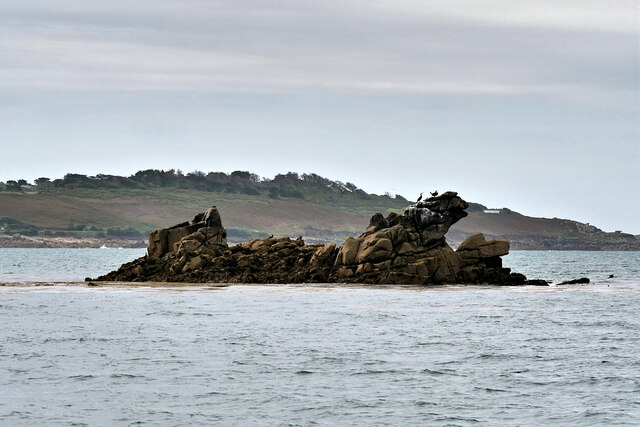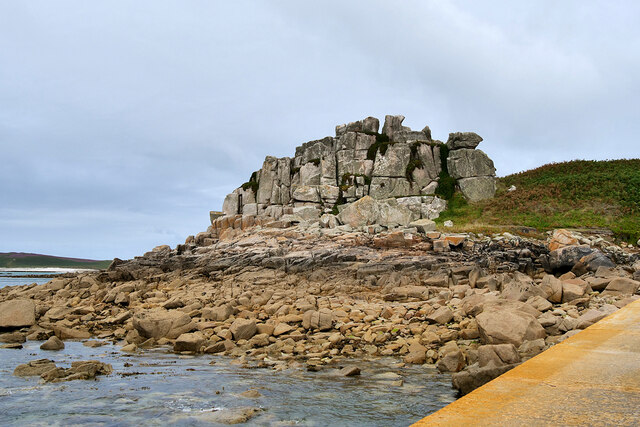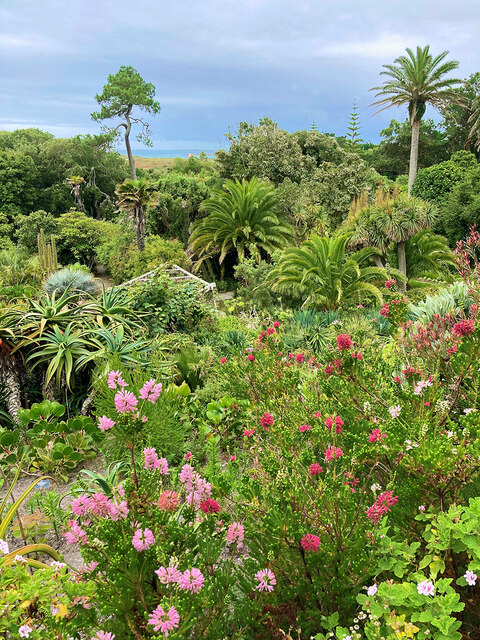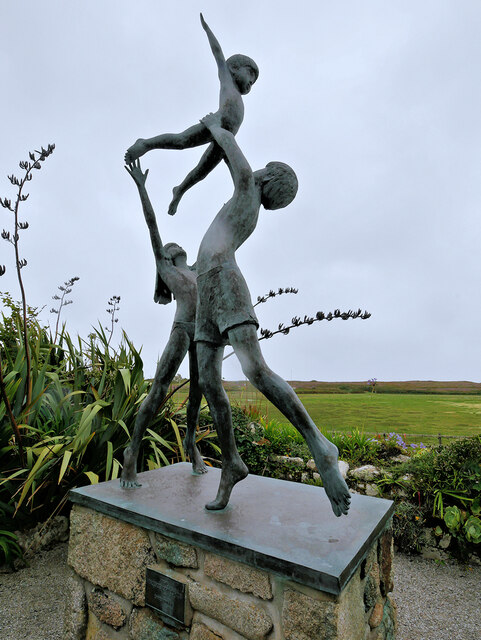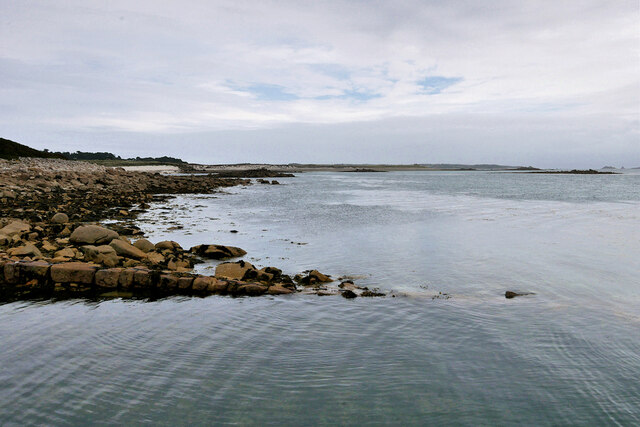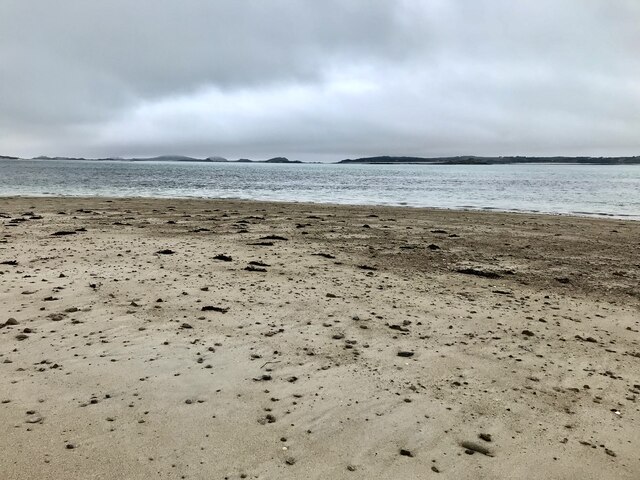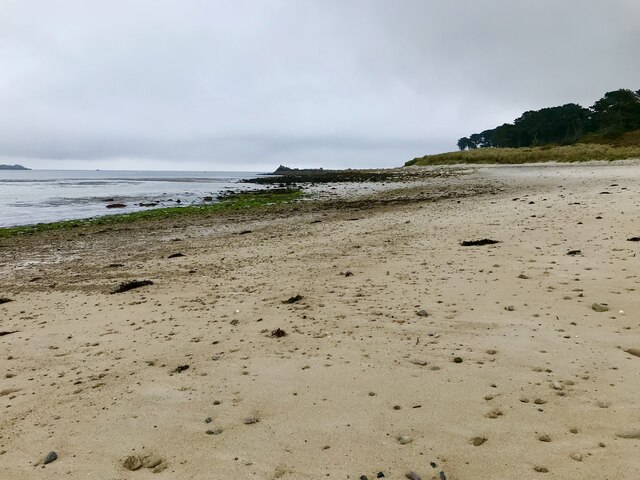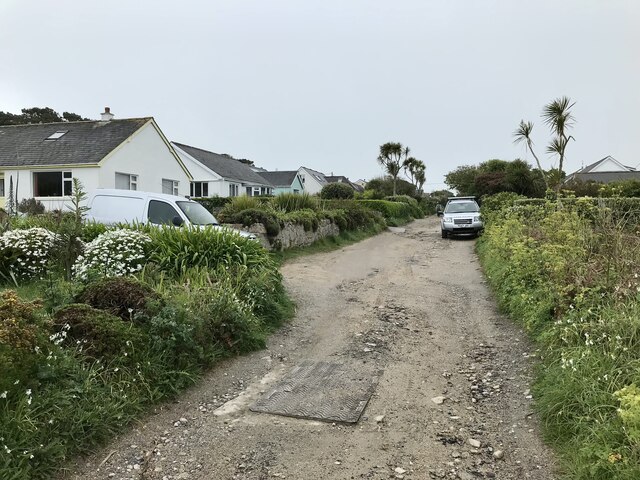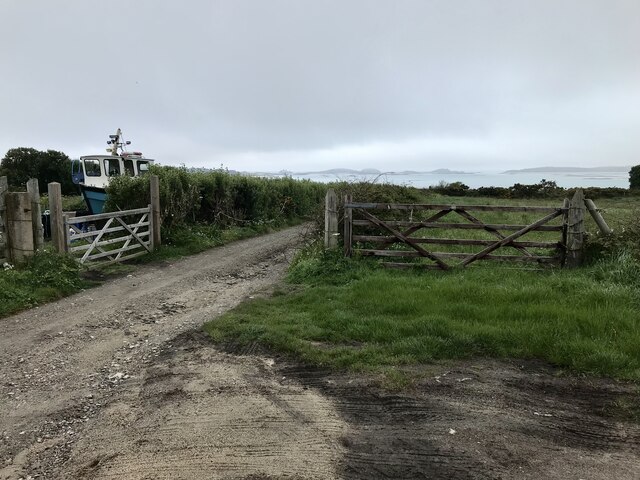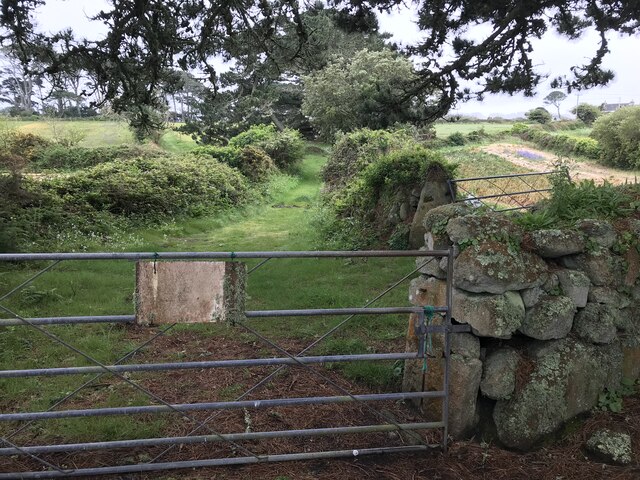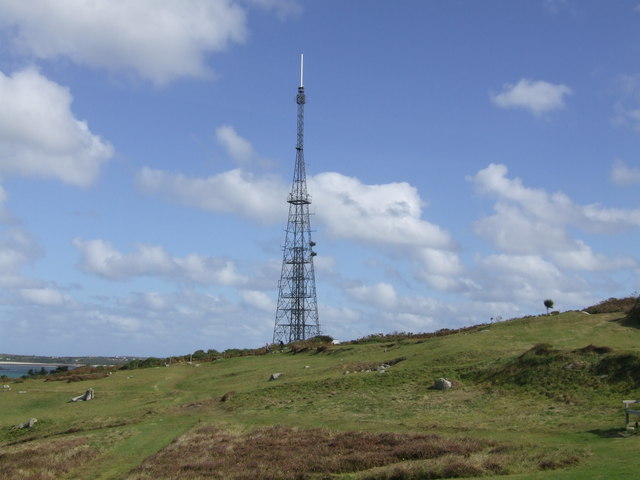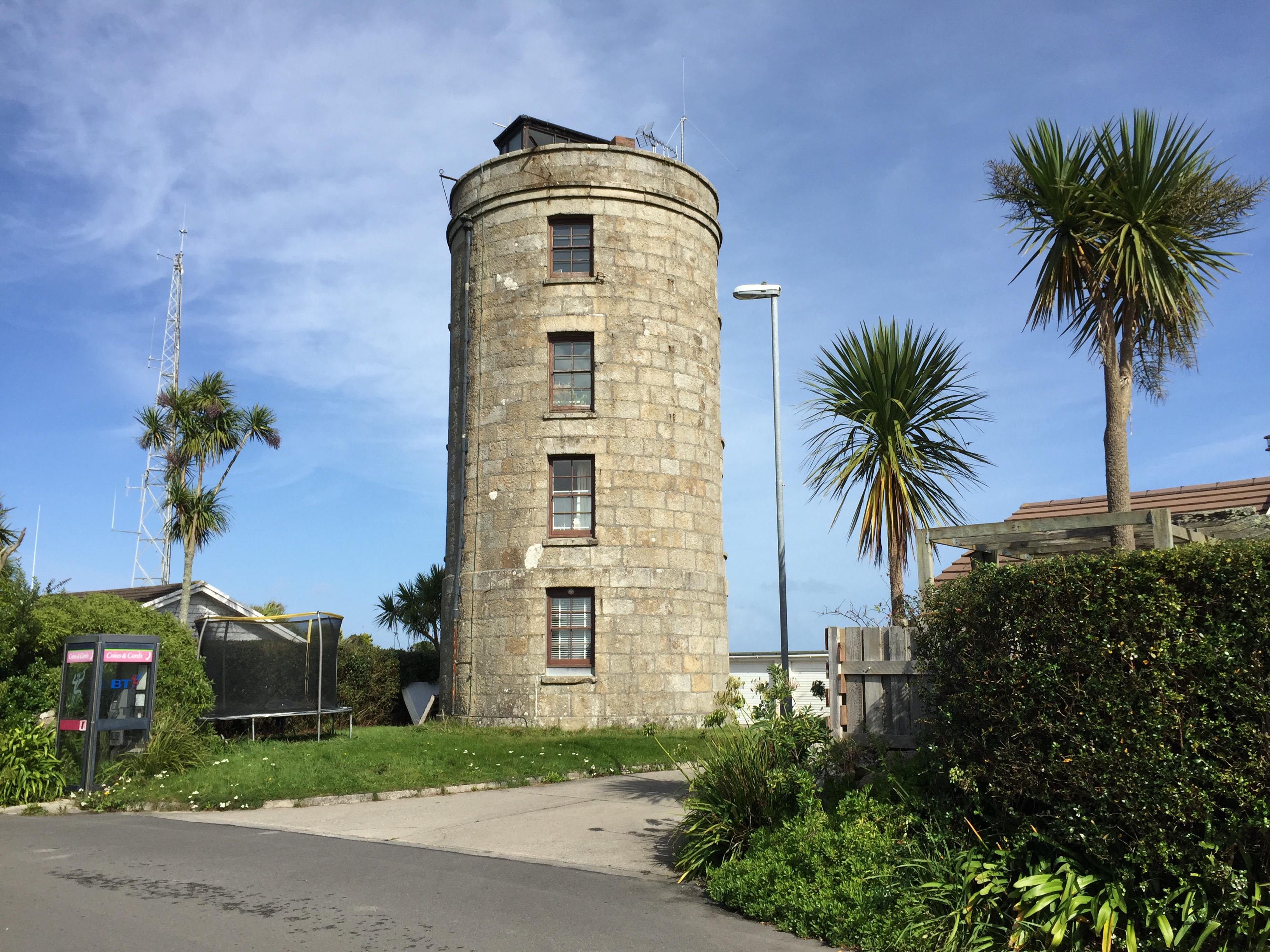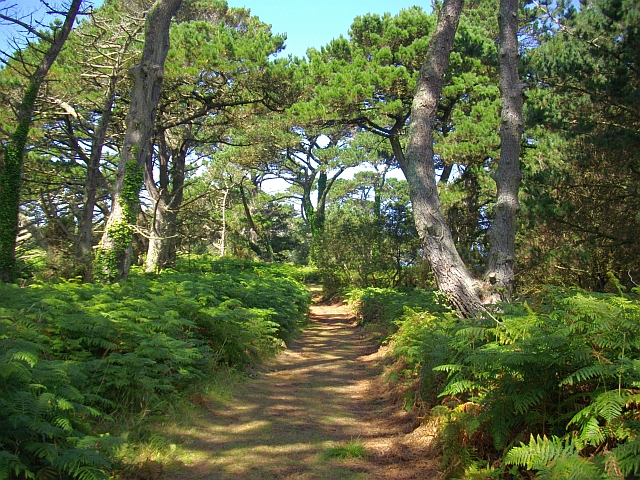Crow Foot
Island in Cornwall
England
Crow Foot
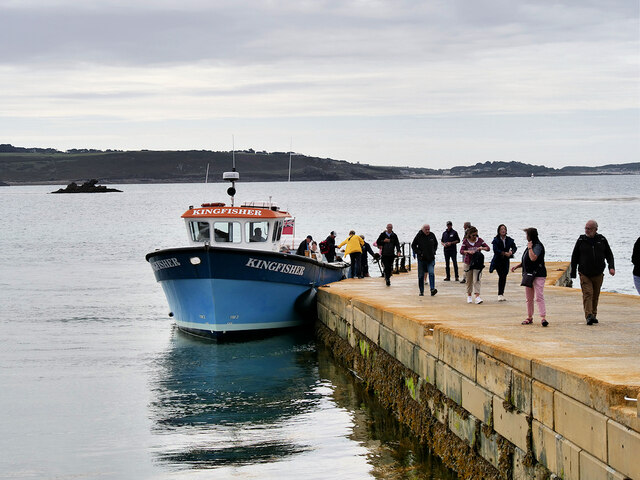
Crow Foot Island is a small, uninhabited island located off the coast of Cornwall, England. Situated in the Celtic Sea, it is part of the Isles of Scilly archipelago. The island, also known as Crow Island, is named after its distinct shape resembling a crow's foot when viewed from above.
Measuring approximately 0.5 hectares in size, Crow Foot Island is characterized by its rocky terrain and rugged coastline. The island is predominantly composed of granite, with scattered patches of vegetation and low-lying shrubs. Its exposed position makes it prone to strong winds and rough seas, contributing to its wild and untamed atmosphere.
Access to Crow Foot Island is limited due to its remote location and lack of facilities. However, it is occasionally visited by birdwatchers and nature enthusiasts who are drawn to the island's natural beauty and the diverse range of bird species that inhabit its shores. Seals can also be spotted basking on the rocks surrounding the island, adding to its wildlife appeal.
Historically, Crow Foot Island has had minimal human presence, with no permanent settlements or structures. It has remained largely untouched and preserved, contributing to its allure as a natural sanctuary. The island's isolation and untouched landscape make it a captivating destination for those seeking solitude and a unique glimpse into Cornwall's natural heritage.
In conclusion, Crow Foot Island stands as an unspoiled gem in the Isles of Scilly, offering visitors a chance to immerse themselves in the rugged beauty of Cornwall's coastal landscape and observe its diverse wildlife.
If you have any feedback on the listing, please let us know in the comments section below.
Crow Foot Images
Images are sourced within 2km of 49.937754/-6.3080378 or Grid Reference SV9013. Thanks to Geograph Open Source API. All images are credited.

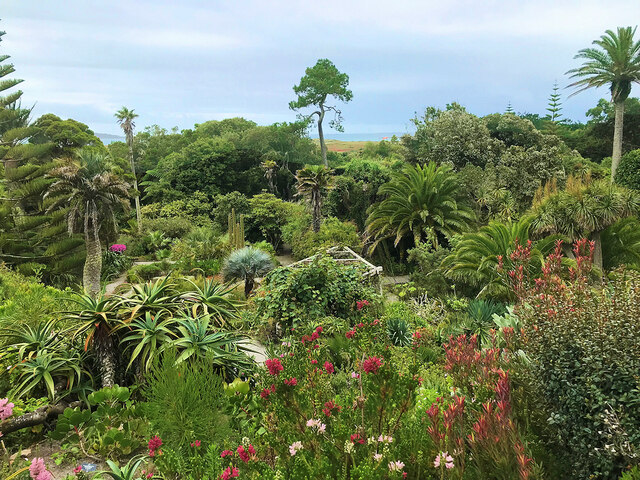
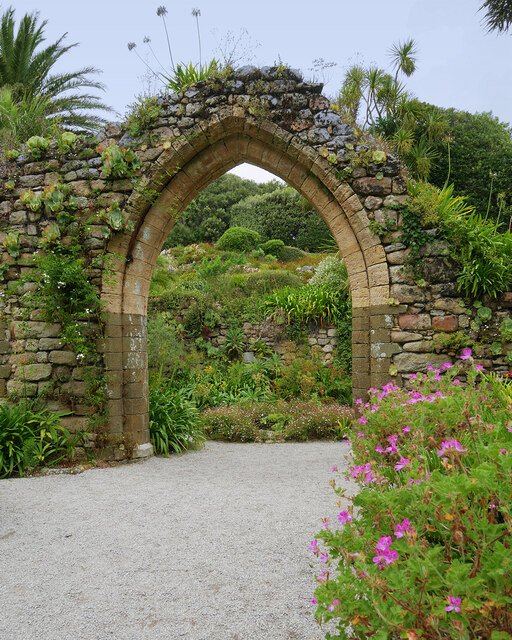
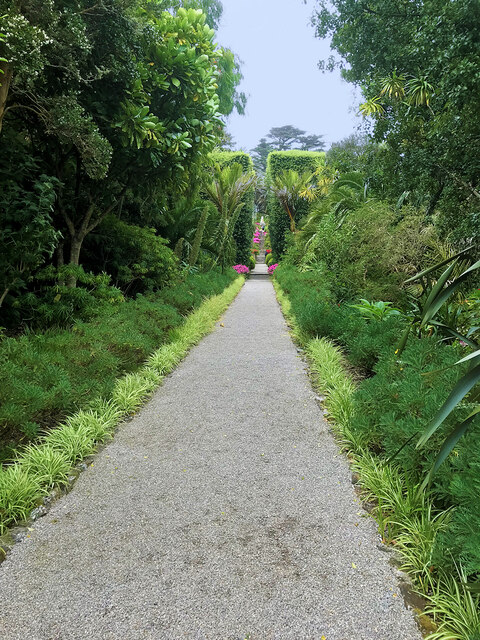
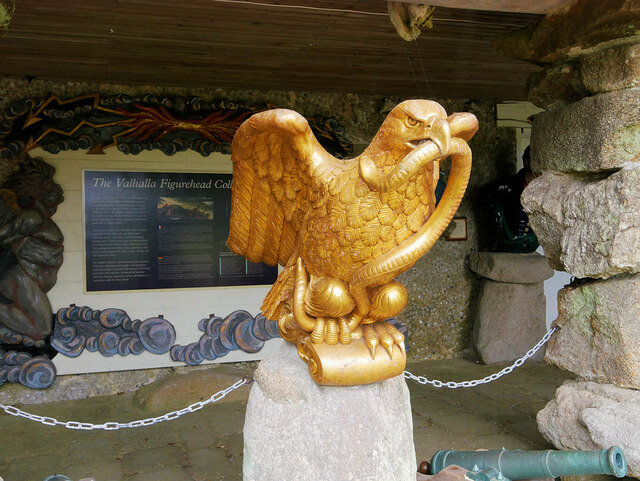
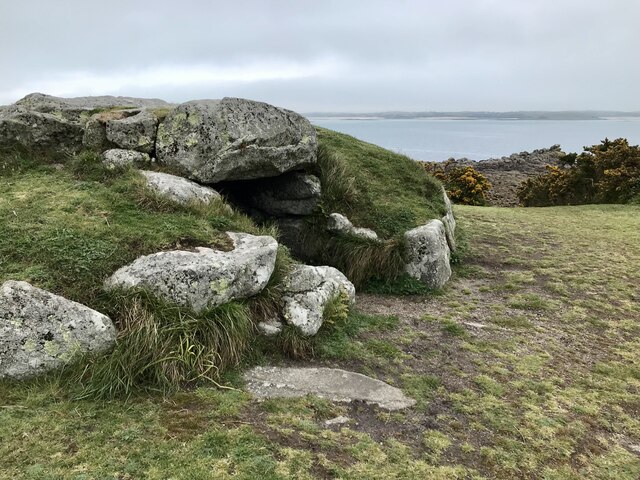
Crow Foot is located at Grid Ref: SV9013 (Lat: 49.937754, Lng: -6.3080378)
Division: Isles of Scilly
Unitary Authority: Isles of Scilly
Police Authority: Devon and Cornwall
What 3 Words
///amps.escape.depend. Near St Mary's, Isles of Scilly
Nearby Locations
Related Wikis
Halangy Down transmitter
The Halangy Down transmitter on St Mary's, Isles of Scilly is a 500-watt FM radio and television transmitter with a 76.2 metres (250 ft) high steel lattice...
Telegraph, Isles of Scilly
Telegraph (Cornish: Brebellskrif) is a settlement on St Mary's, the largest of the Isles of Scilly, England. Telegraph is located in the north west of...
Coastguard's Lookout Tower
Coastguard’s Lookout Tower, now known as Telegraph Tower, is a Grade II listed structure built around 1814-16 on St Mary's, Isles of Scilly as a Signal...
Trenoweth, Isles of Scilly
Trenoweth (; Cornish: Trenoweth "new town") is a small settlement, located in the north of the island of St Mary's in the Isles of Scilly, Cornwall, England...
Nearby Amenities
Located within 500m of 49.937754,-6.3080378Have you been to Crow Foot?
Leave your review of Crow Foot below (or comments, questions and feedback).
